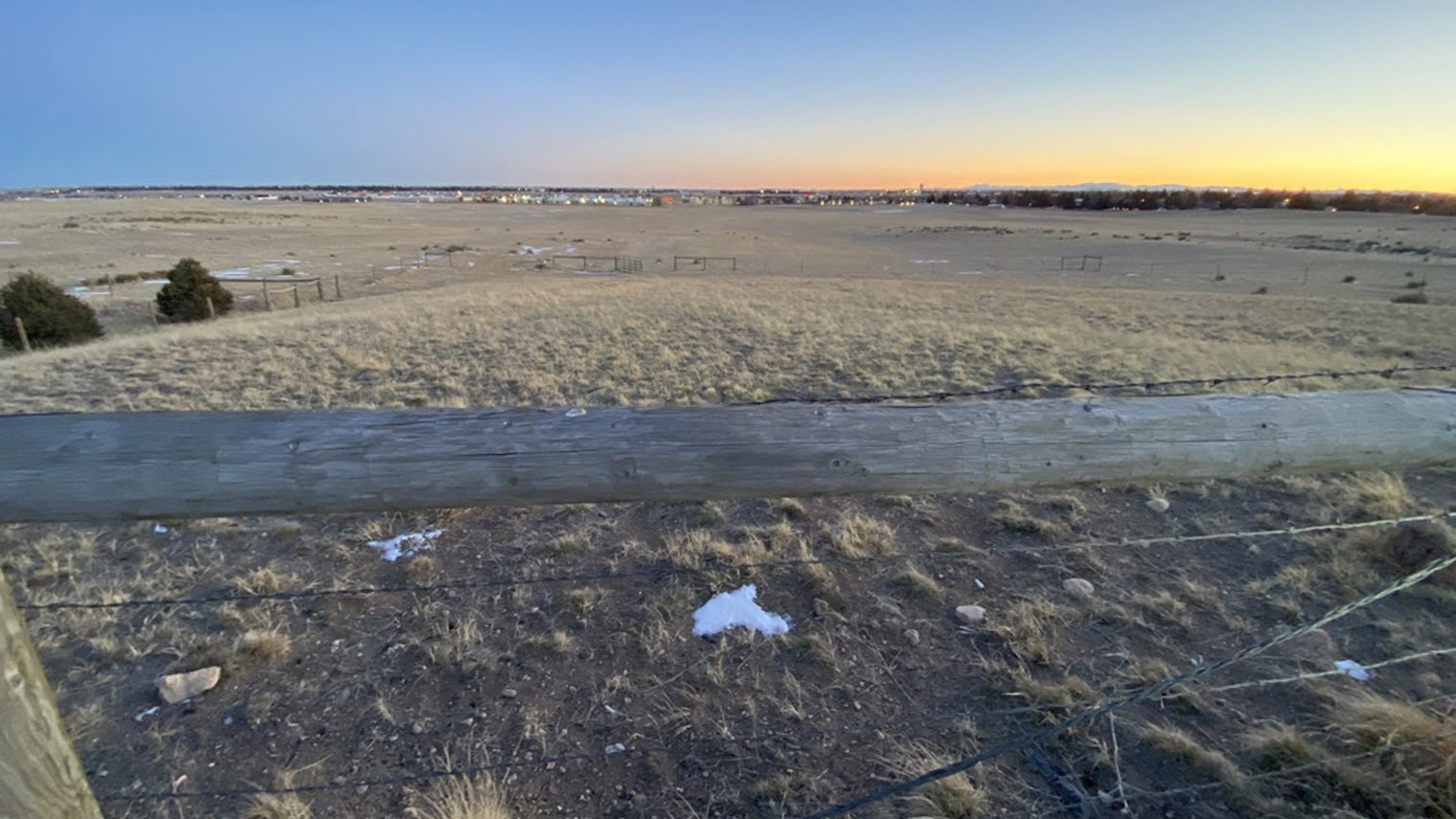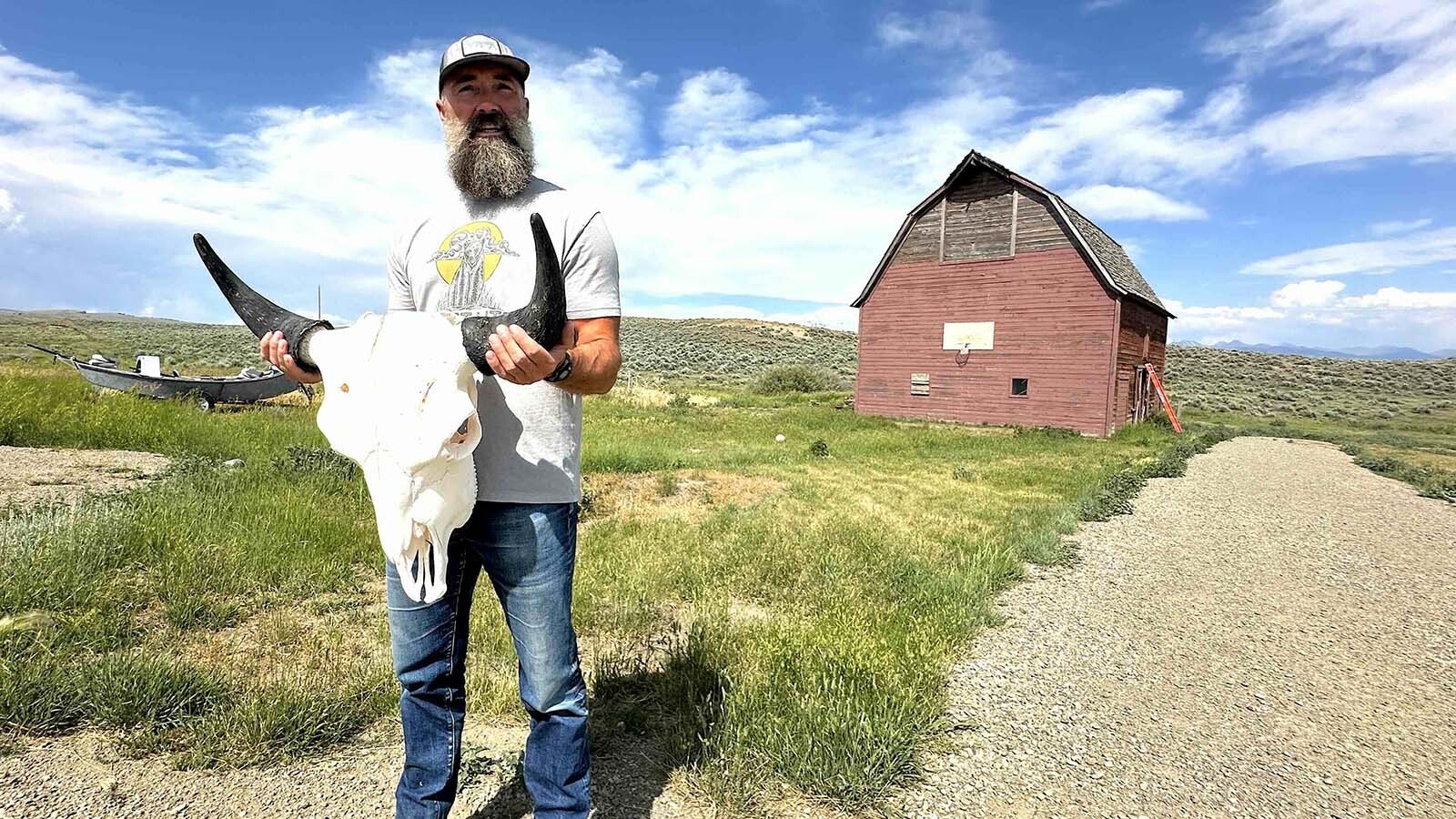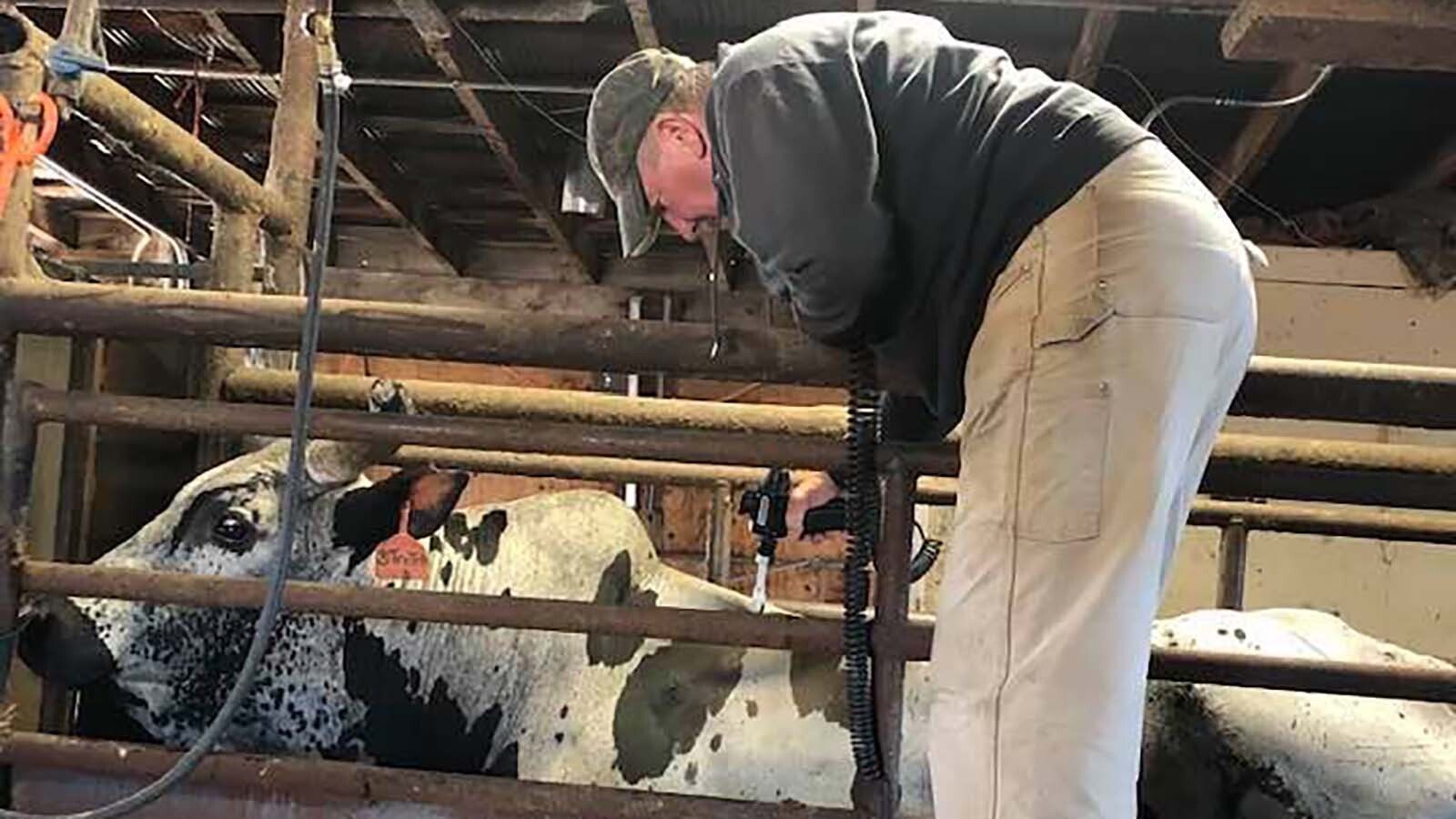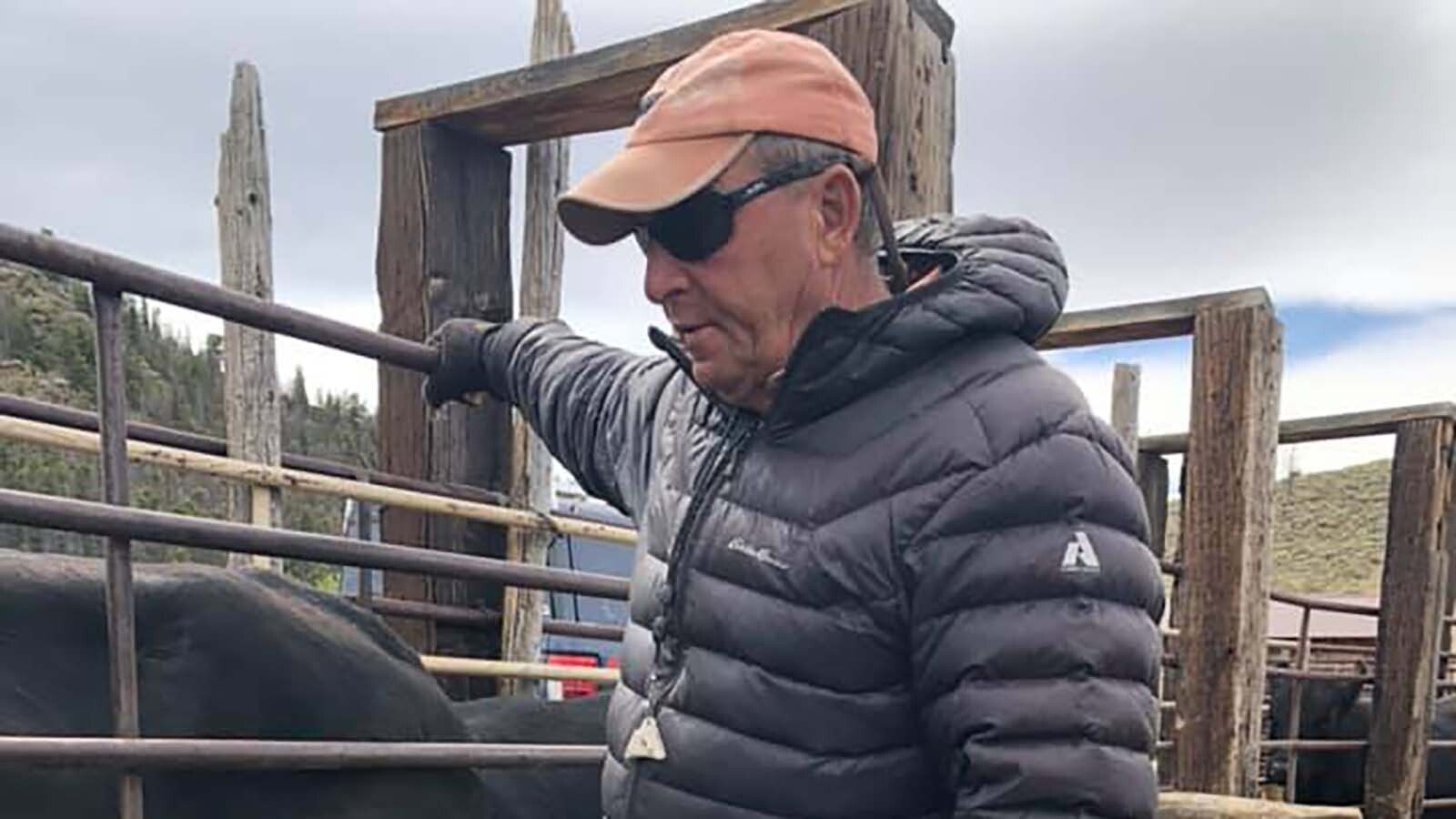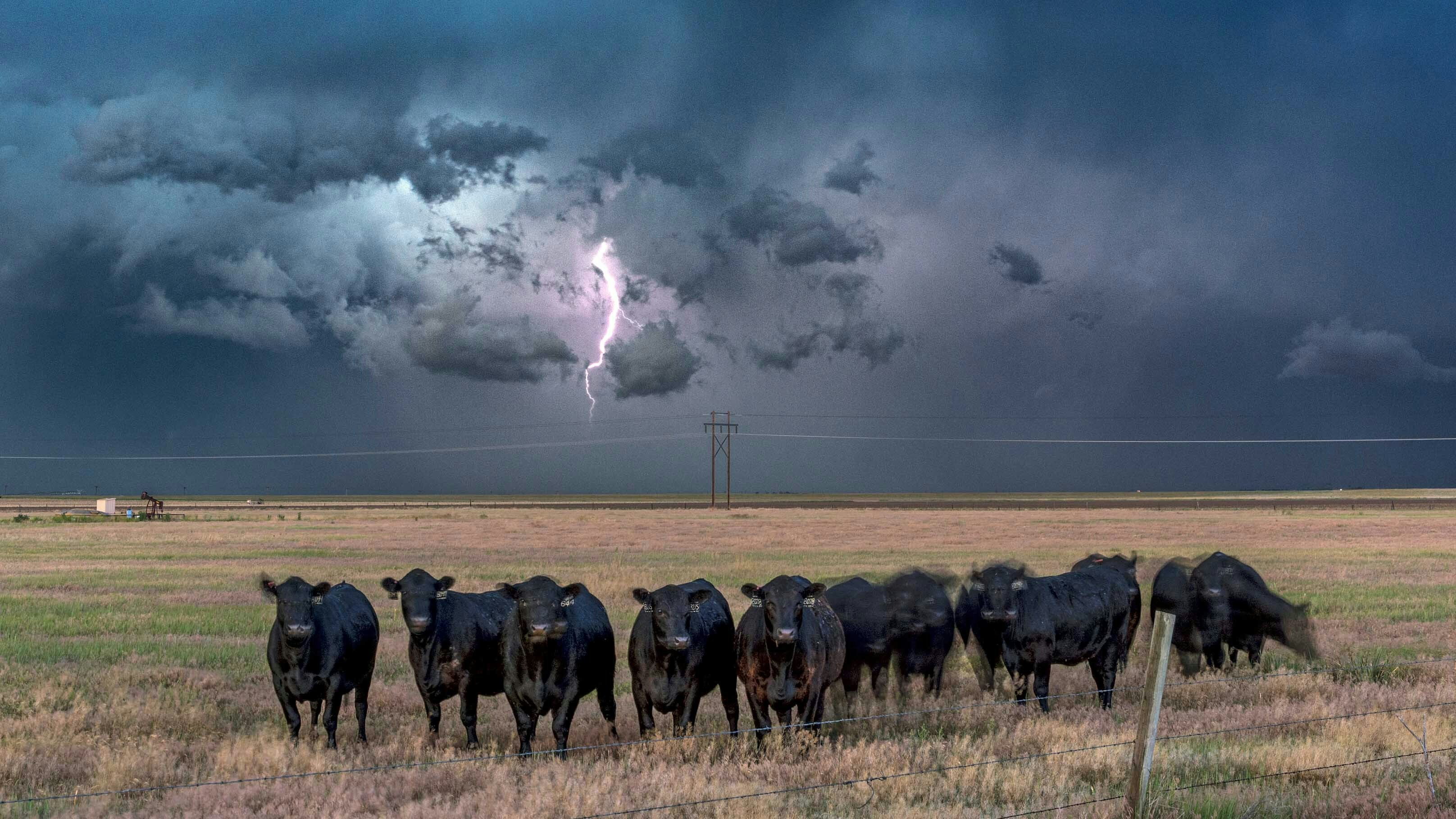It’s dry here.
It may not look it, but much of Wyoming has been declared a primary natural disaster area by the U.S. Department of Agriculture due to continuing drought conditions.
From Goshen County to Carbon, from Albany County to Big Horn, farmers in 19 Wyoming counties have been offered the option to apply for emergency loans from the Farm Service Agency, provided eligibility requirements are met.
Don Day, founder of DayWeather and known as “Wyoming’s Weatherman,” said the trouble began, ironically, around the same time as the pandemic hit.
“Right around this time, last year, March and April, in May, we started to go into what’s called a La Nina,” he said. “And when the Pacific gets colder near the equator, Wyoming and the surrounding region tends to go into drier patterns. But this is the strongest La Nina we’ve seen in 10 to 11 years – and that’s one reason why 2020 started to go dry.”
Day explained that there’s a pattern to the La Nina effect.
“What’s interesting, they’re spaced about every 10 or so years apart,” he said. “We had a similar situation in 2011-2012, and a very similar situation in 1999 to 2001. So there’s cyclical natures to these dry periods.”
David Northrup’s family has farmed in the Powell area for over 100 years, and has seen it all when it comes to weather. And having spent eight years in Wyoming’s House of Representatives, Northrup knows that not everyone understands what farmers in the state go through.
“A lot of the people there are ranching people — and they utilize land in a different way,” he explained. “So that means in the spring, when they’re turning cattle or sheep livestock onto the hillsides, they have to be careful about that and be conscious about that growth.”
But because Wyoming is a rural state, the dry weather pattern will affect more than just agricultural producers. Northrup pointed out that when the grass struggles to grow, people who keep horses for recreational purposes will feel the crunch as well.
“Because even if you got one or two horses sitting in your backyard that you use for recreation, finding hay for them can be just as tough as it is for the guy that’s got five or 600 head of cattle,” he said.
But not every farmer and rancher in the state will be affected by the lack of water from the sky. Northrup pointed out that the canal system devised by Buffalo Bill Cody in the early 1900s has protected Park County agriculture from the worst.
“For us locally here as farmers, we’re pretty well protected,” he said. “Unless we don’t get snow in the mountains — if we don’t get snow in the mountains, then we’re not in a good position.”
Right now the mountain snowpack looks good for this summer, Northrup said.
“We’re over 100% again, which is just a blessing,” he explained, gesturing to the Absaroka and Beartooth mountains. “And you go to the south, and you go down and look at the other side of the Owl Creek mountains, and they are 79%.”
But for the rest of the state, there’s a giant dark blotch on the map that indicates that snowpack is poor, and surface water is inadequate for ranching and farming. That’s despite the big storm that hit much of Wyoming earlier this month.
Day noted even though the equivalent of up to two inches of rain fell onto the thirsty landscape in some places, because of the ongoing La Nina weather pattern, the drought conditions will most likely continue.
“That has been rather stubborn now going on for better than a year, and the worst ones tend to go two years — and the predictions are right now that at least until early fall, some form of La Nina is going to continue,” Day explained. “And if it does, the spring and summer of 2021, for many parts of the West, may be drier than normal again. So even with this recent, very wet storm for certain parts of the region, it’s not enough to erase the drought.”ge saying if no such plan was developed by mid-2023, the authority would be dissolved.

